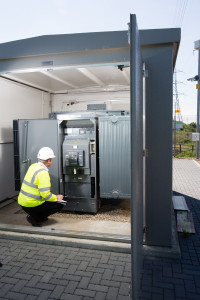Transport Secretary Chris Grayling has confirmed a further £100M is being given to councils to repair local roads following severe winter weather.
Local roads have been badly affected by recent winter weather with potholes and other storm damage, plaguing local road users. The extra funding has been granted in order to assist local councils repair almost two million potholes, as well as help protect the roads from any future severe weather.
Some £75M in government funding has already been given to councils from the Pothole Action Fund this year, as well as an additional £46M boost for highways authorities announced just before Christmas.
Transport Secretary Chris Grayling said: “People rely on good roads to get to work and to see friends or family.
“We have seen an unusually prolonged spell of freezing weather which has caused damage to our local roads.
“We are giving councils even more funding to help repair their roads so all road users can enjoy their journeys without having to dodge potholes.”
Across the country, the government funding is already being put to good use, from £2.5M allocated to Devon County Council to quickly repair the A379 which was badly damaged by Storm Emma, to more than £900,000 invested in funding innovations using connected vehicles, which will help councils more efficiently manage and plan maintenance works, by providing councils with data to enable them to repair potholes before they occur, as well as maintain their other assets more effectively.
However, the Freight Transport Association (FTA), which represents more than 17,000 businesses moving goods and services across the country, has questioned why the fund announced is insufficient to repair all of the country’s damaged roads, considering the amount of money which the sector contributes to the Treasury.
“Any funding which aims to improve the state of the nation’s roads is welcomed,” says Christopher Snelling, head of UK policy at FTA, “but after years of chronic underinvestment, road maintenance has lagged behind what is required to keep our highways in top condition. The recent spell of cold weather has exacerbated problems which have been ignored for years, and the neglect of the road network has left many roads in a dangerous state for all road users.
“Independent research showed last year that HGVs pay enough tax alone to cover almost the whole of UK spending on road maintenance – three times more than the estimated cost of damage caused to infrastructure by their movement – so why is government eking out funding which is already in the national coffers, rather than investing in our roads?”
If you would like to read more articles like this then please click here.
The post £100M Pothole fund boost appeared first on UK Construction Online.













